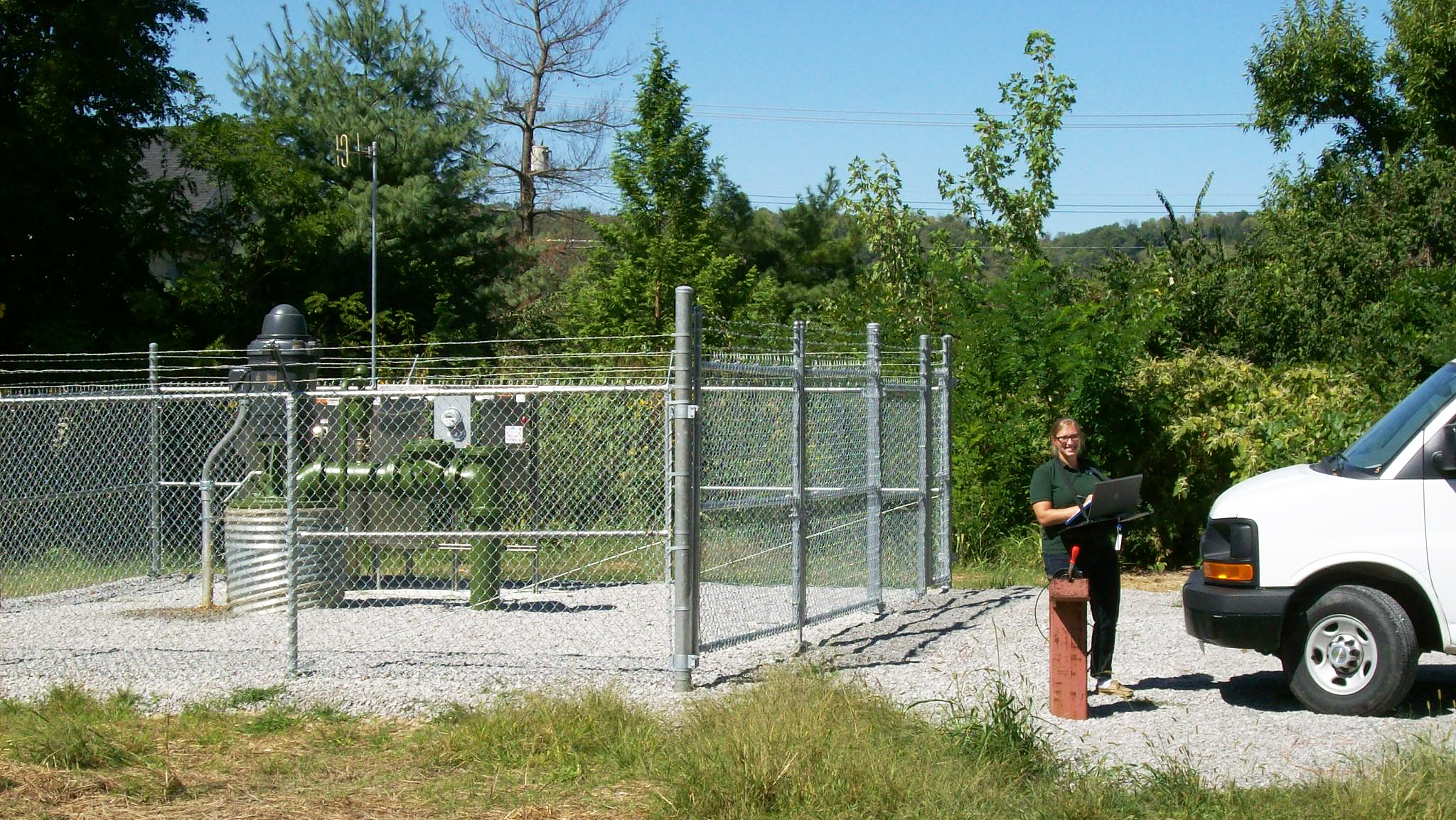
By Bianca Greeff, Graduate Assistant.
Both urban and rural areas around the world rely heavily on groundwater to support agriculture, energy, residential, and industrial use. This demand for groundwater—from a global population of over seven and a half billion—combined with impacts of climate change places more stress on these systems. In order to sustainably manage these resources, we first need to quantify it.
Kip Solomon, department of Geology & Geophysics at the University of Utah, will show how understanding the age and recharge of aquifers can lead to more sustainable use at the GCSC Seminar Series on Tuesday, Jan. 23, 4-5 p.m. in 210 ASB.
“While we have a hint that we are overexploiting a number of these large regional systems,” said Solomon, “the amount of data we have to make these assessments is rather limited. Part of my pitch is that we need to make more measurements in these kinds of systems.”
Groundwater recharge is a hydrologic process where water moves from surface water to groundwater—like an aquifer—by draining through the soil. Recharge can be a slow process, especially when the body of water is deep underground. The longer it takes water to reach the aquifer, the lower the rate of recharge. This makes measuring the rate of recharge a challenging process. For Solomon, the most promising tool is dating the groundwater.
“By getting the mean age of water we can calculate the recharge,” explained Solomon. “By dating the groundwater and using the geologic information to determine the volume, we can infer the rates of replenishment to the aquifer.”
There are a few tools that can be used to date water—namely isotopes and trace atmospheric gasses. Elements can have several isotopes depending on what the element has come in contact with. In aquifers, isotopes are often generated in the subsurface. Their concentrations build up the longer the water is in contact with the subsurface rock. A higher concentration of an isotope, like Carbon-14, thus signifies older water.
For younger water, atmospheric gasses can be used to date it. Over the past few decades, gasses produced in the industrial processes—like sulfur hexafluoride—have been increasing. When exposed to the air, water absorbs concentrations of these gasses. The longer the water interacted with the gas, the greater the concentration will be. Once the water moves below the surface those concentrations of gas are essentially “locked in.” Measuring the traces of these gasses in groundwater can show how old that water might be.
Determining the recharge rate is important for both hydrologic understanding of subsurface bodies of water and for natural resource management. The recharge is a vital component of understanding the amount of water that can be extracted without overexploiting or compromising the integrity of the groundwater body.
“99 percent of unfrozen freshwater is in the ground,” explained Solomon. “As our world approaches eight billion, it is a growing question of whether or not these big regional aquifers can be sustainably exploited to support agriculture in arid and semi-arid regions.”
To learn more, attend Solomon’s lecture, “Can Groundwater Feed the World? It’s All About Time” on Tuesday, Jan. 23 at 4 p.m. in 210 ASB.
Cover photo via USGS public domain.
